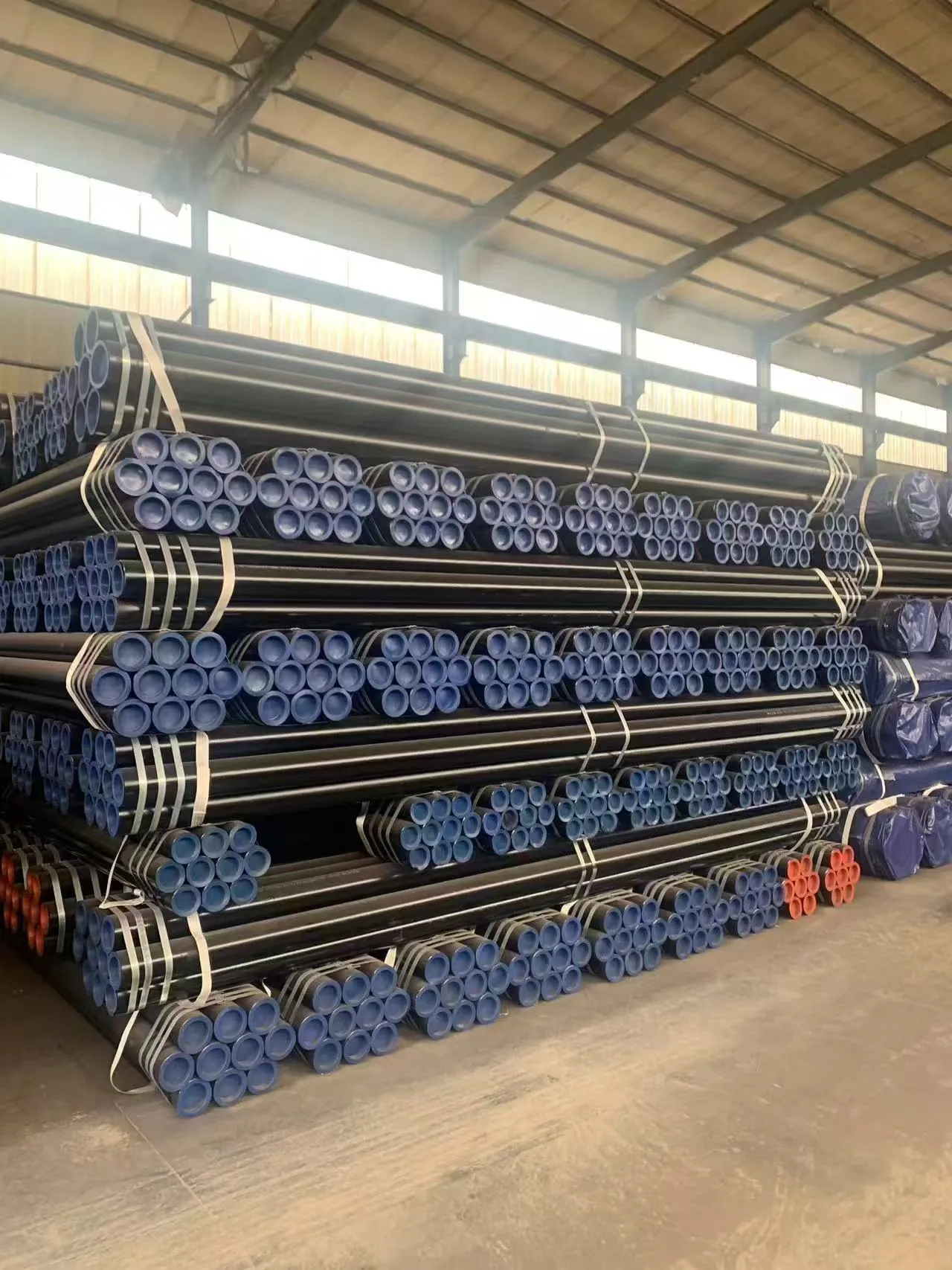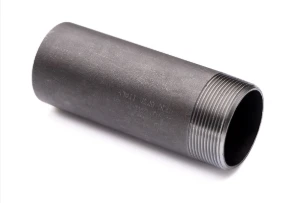Key Characteristics:
- 1.Material Composition:
- - API 5L X60 pipes are constructed from carbon steel with potential minor alloying elements to enhance specific properties.
- - Typical chemical composition includes:
- - Carbon (C): ≤ 0.26%
- - Manganese (Mn): 1.20% - 1.60%
- - Phosphorus (P): ≤ 0.025%
- - Sulfur (S): ≤ 0.025%
- - Silicon (Si): ≤ 0.40%
- 2. Mechanical Properties:
- - Yield Strength: Minimum yield strength of 60,000 psi (414 MPa).
- - Tensile Strength: Typically ranges from 70,000 psi to 90,000 psi (483 MPa to 620 MPa).
- - Elongation: Generally between 18% and 22%, varying with thickness.
- 3. Dimensions and Specifications:
- - API 5L X60 pipes come in a variety of sizes and wall thicknesses.
- - Nominal Pipe Sizes (NPS) can range from ½ inch to 48 inches or larger.
- - Common wall thicknesses are defined by schedules such as Schedule 40 and Schedule 80.
- 4. Manufacturing Process:
- - Pipes can be manufactured through two primary methods:
- - Seamless: These pipes are produced without any welded seam, providing high strength and integrity.
- - Welded: Made from flat steel plates or coils that are rolled and welded longitudinally.
- - Quality control measures are essential in the manufacturing process, involving non-destructive testing (NDT) among other methodologies.
- 5. Coatings and Finishes:
- - To enhance corrosion resistance and durability, API 5L X60 pipes may feature a variety of coatings, including:
- - Bare steel (uncoated)
- - Fusion Bond Epoxy (FBE)
- - Three-Layer Polyethylene (3LPE)
- - Three-Layer Polypropylene (3LPP)
- 6. Applications:
- - API 5L X60 pipes are predominantly used in the oil and gas industry for the transportation of crude oil, natural gas, and water.
- - They are suitable for high-pressure applications and can be used in both onshore and offshore projects.
- - Also utilized in various infrastructure projects, including water distribution systems.
- 7. Standards and Compliance:
- - API 5L X60 pipes comply with API standards, ensuring quality and reliability for pipeline applications.
- - Additional standards such as those from ISO and ASTM may apply depending on specific project requirements.
- 8. Testing and Quality Control:
- - Rigorous testing is conducted on API 5L X60 pipes to confirm their integrity, typically including:
- - Hydrostatic tests to check for leaks and integrity.
- - Non-destructive testing (such as ultrasonic, radiographic) to evaluate the material's quality.
- - Mechanical testing to verify yield and tensile strength.
- Summary:
- API 5L X60 pipes are high-strength carbon steel pipes designed to meet the demands of transporting fluids under pressure in various industrial applications, particularly in the oil and gas sector. With a minimum yield strength of 60,000 psi, these pipes are suitable for high-pressure environments. When selecting API 5L X60 pipes, consider factors such as diameter, wall thickness, coating, and compliance with standards to ensure optimal performance. Regular maintenance and inspections are vital for ensuring long-term reliability, safety, and performance in pipeline systems.
Write your message here and send it to us
















